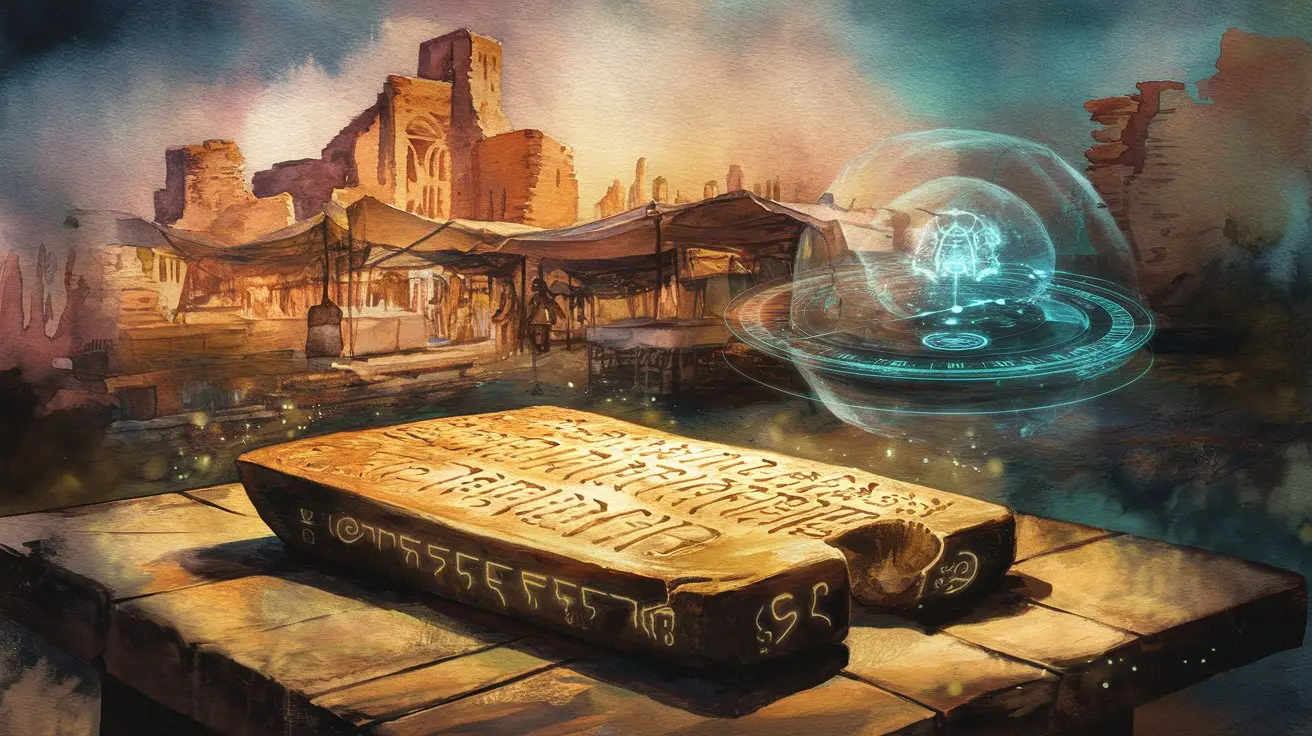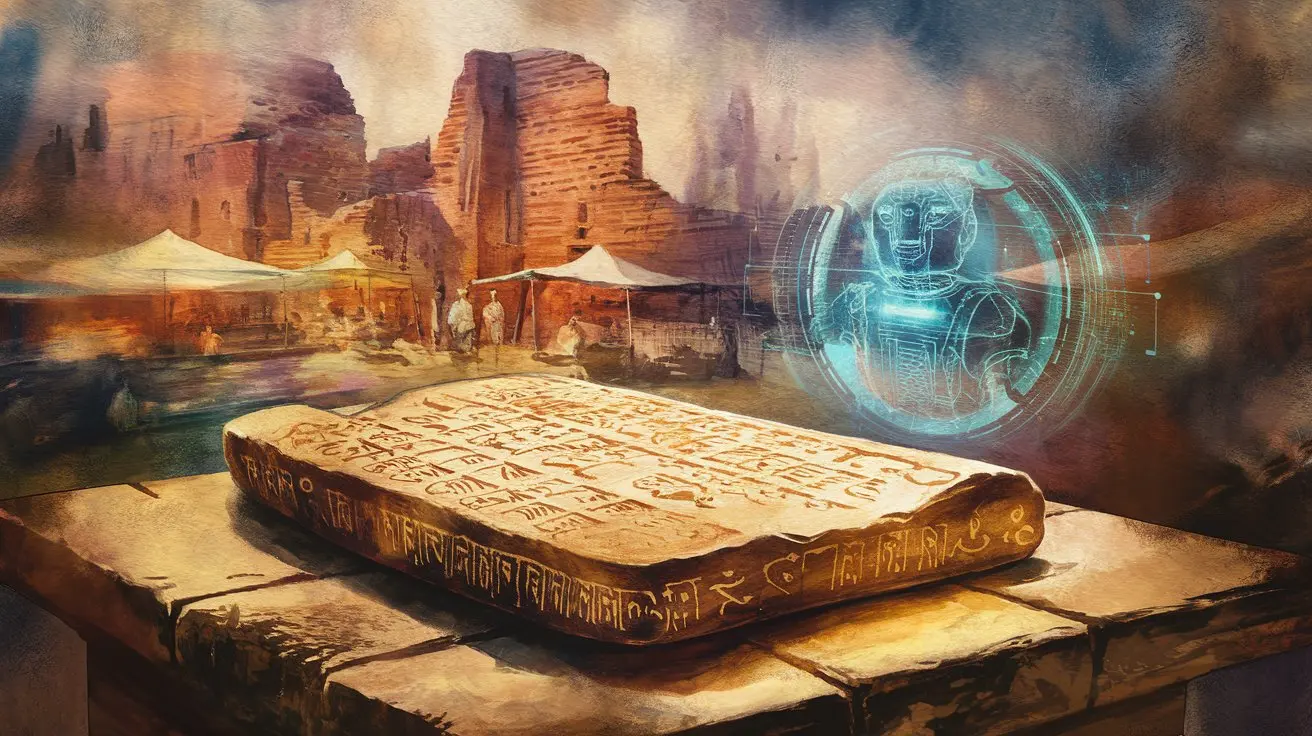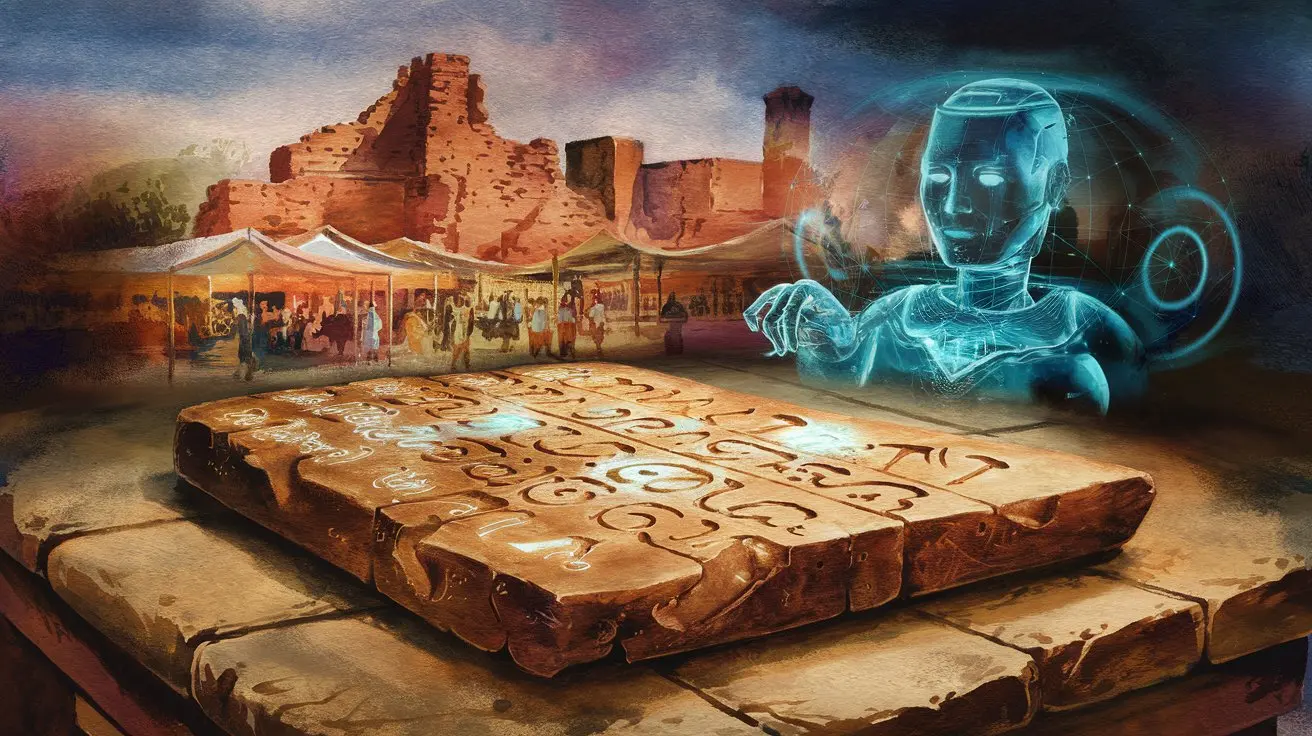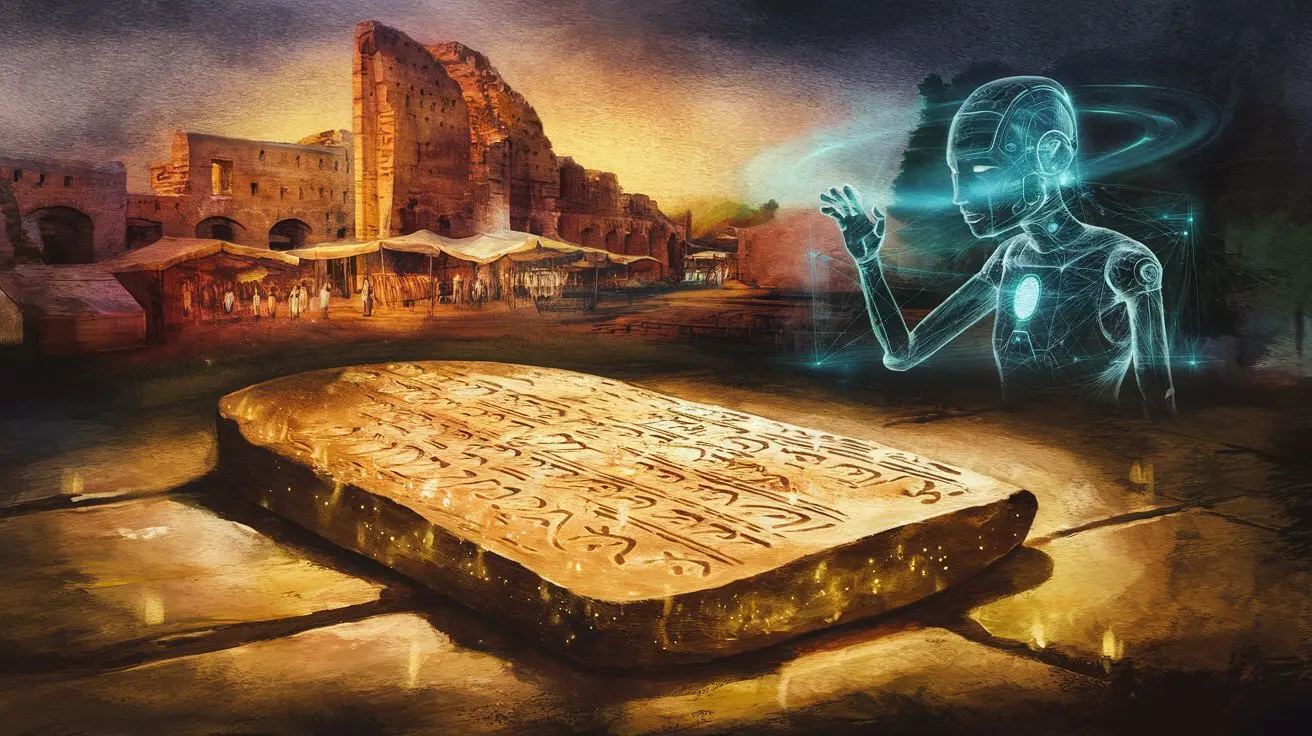Imagine holding an ancient text in your hands, written thousands of years ago by a civilization that mysteriously disappeared. For over a century, archaeologists and linguists have tried to decode the script of the Indus Valley Civilization (IVC)—one of the world’s oldest and most advanced ancient societies, thriving around 3300–1300 BCE in what is now India and Pakistan.
So far, we’ve uncovered thousands of inscriptions on seals, pottery, and tablets, but no one has been able to read them. What if, one day, we cracked the code?
The Discovery Would Change Everything
- Unveiling a Lost Civilization’s Voice
Right now, we know the Indus people built advanced cities with drainage systems, had a thriving trade network, and lived in well-planned societies. But what were they thinking? How did they govern themselves? Did they have kings or a democracy? Were they peaceful, or did they fight wars? Their script might answer these questions, giving them a voice after thousands of years of silence. - Connecting with Ancient India’s Roots
If we decipher the script, we could trace how the Indus people influenced later civilizations, especially Vedic culture and modern South Asian traditions. Were their religious beliefs the foundation of Hinduism? Did their ideas shape languages spoken today? - Finding Out Why They Vanished
One of history’s biggest mysteries is why the Indus Valley Civilization collapsed. Did climate change cause massive droughts? Did invaders wipe them out? Or did they slowly merge with other cultures? Their writings might hold the answer. - Rewriting Human History
The Indus Valley Civilization was as great as Mesopotamia and Egypt, yet we know so little about it. If we could read their script, we might realize they had discoveries, philosophies, or inventions we never knew about. What if they had early forms of science, medicine, or literature that could change our understanding of history?
Why Haven’t We Deciphered It Yet?
Unlike Egyptian hieroglyphs, which were decoded using the Rosetta Stone, we don’t have a “translation key” for the Indus script. There are no bilingual texts (like something written in both Indus script and another known language). Plus, the inscriptions are very short, often just a few symbols, making it hard to figure out grammatical patterns.
Some experts believe the Indus script isn’t even a language in the way we think—it might be a system of symbols used for trade or administration, not a full written language. Others argue that it was an early Dravidian or Proto-Indo-European language.
Could AI Solve the Mystery?
With artificial intelligence improving every day, some scientists hope that machine learning could analyze patterns in the script and compare them with known languages. If AI cracks the code, it would be one of the biggest achievements in archaeology.
A New Chapter in Human History
Deciphering the Indus script would be like opening a time capsule from 5,000 years ago. It could change what we know about early civilization, language evolution, and South Asia’s history. More than anything, it would give the Indus people the recognition they deserve—as one of humanity’s greatest ancient cultures.
Wouldn’t it be incredible if we could finally read what they left behind?




What if we could decipher the Indus Valley script?